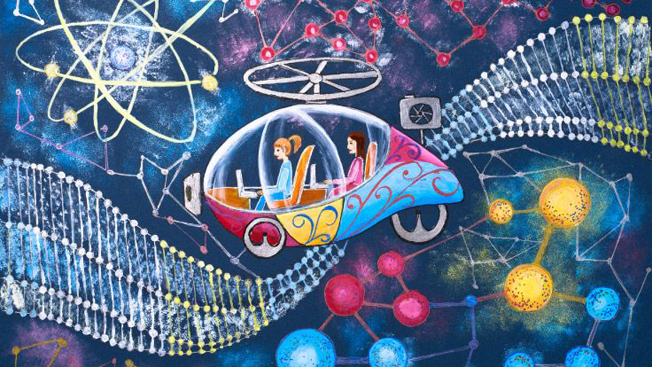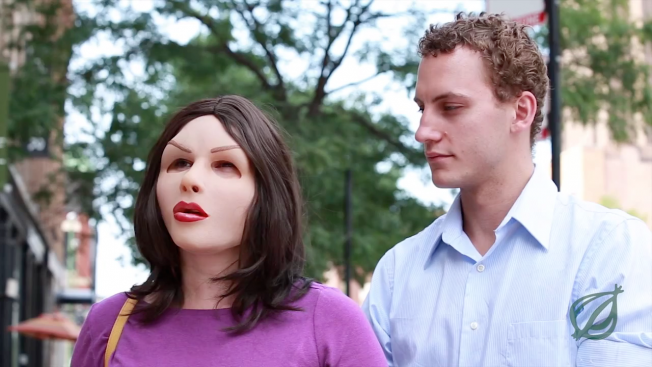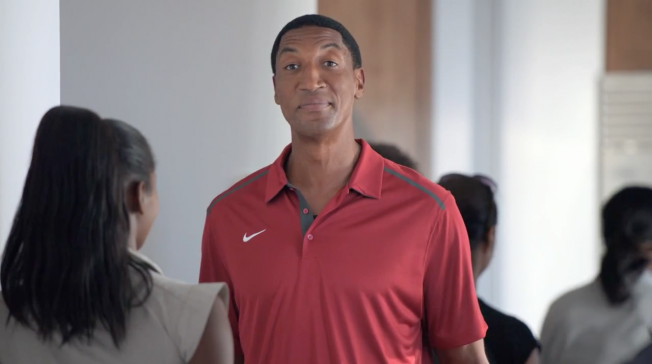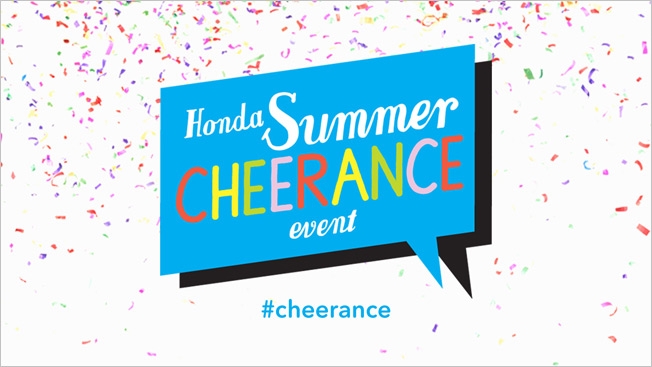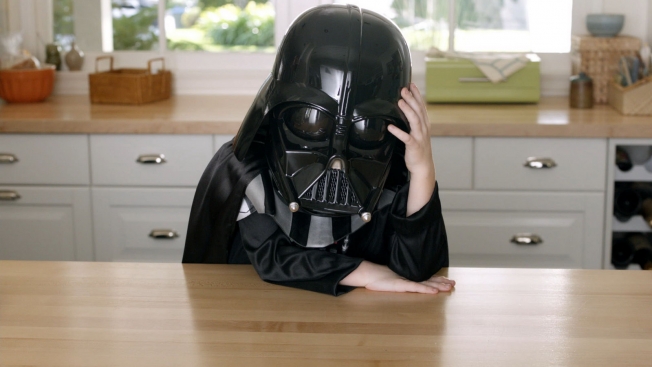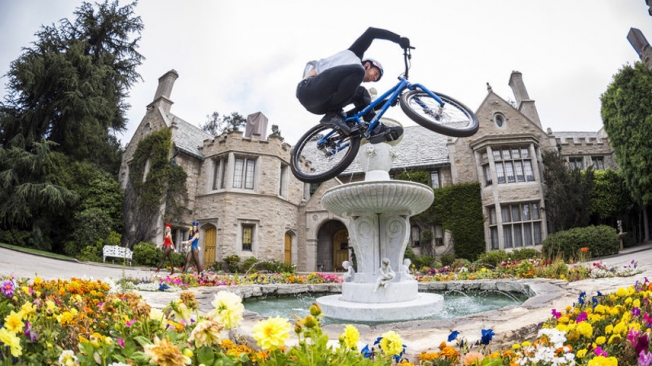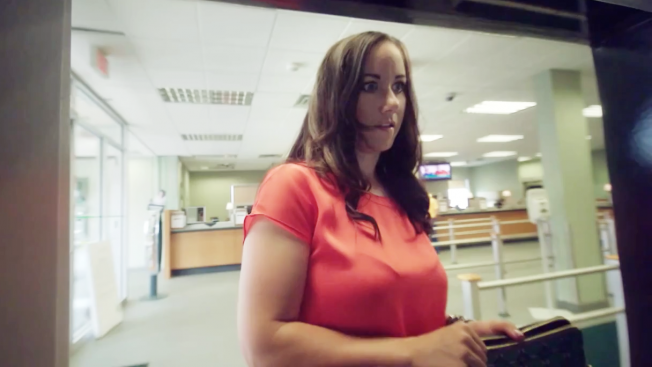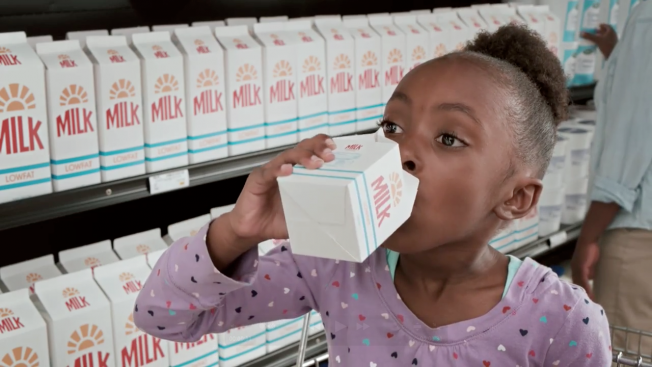
There was major media hubbub earlier this year about the death of the “Got milk?” campaign. But while it’s no longer being used nationally by the Milk Processor Education Program (MilkPEP), it’s still very much alive in California, where it originated with the California Milk Processor Board.
And now, Goodby, Silverstein & Partners, which created the legendary tagline back in 1993, is launching new “Got milk?” work in an unusual partnership with Grupo Gallegos, which created the “Toma leche” campaign—and acknowledging that milk sales have been in decline for years.
“Milk is losing relevance, and sales have been in decline as family life and diets have changed,” GSP says. To reestablish milk as the right choice for families, the two agencies have partnered on a campaign “that highlights how a person’s future self is determined by the nutritional choices he or she makes today—starting, of course, with milk.”
The agencies are approaching California as one whole market to deliver bilingual work that appeals to all consumers, regardless of ethnicity. The campaign launched Wednesday with two spots, each airing in English and Spanish, that couldn’t be more different.
“Champion,” directed by Dummy’s Harold Einstein, is an amusingly quirky set piece that takes place in a grocery store. “Brave,” meanwhile, directed by Anonymous Content’s Armando Bo, presents a much more emotional appeal by showing a firefighter rescuing a family.
“It’s time to start addressing the California market on the basis of things we all share,” GSP chairman Jeff Goodby said in a statement. “California consumers are extremely diverse, but when it comes to wanting what’s best for our children and their future, we are one united front. This campaign embraces every parent’s personal desire, which is preparing our children for a successful and healthy future.” Credits below.
CREDITS
Client: California Milk Processor Board
Campaign: Milk Fuels a Better Future
Spots: “Champion,” “Brave”
Agencies: Grupo Gallegos; Goodby, Silverstein & Partners
Executive Creative Director: Jeff Goodby
Chief Strategy Officer: Andrew Delbridge
Chief Creative Officer: Marty Orzio
Creative Directors: Eric Kallman, Kate Catalinac
Associate Creative Directors: Saul Escobar, Curro Chozas
Copywriter: Simon Bruyn
Art Director: Andrew Livingston
—Spot: “Champion”
Head of Broadcast Production: Tod Puckett
Senior Broadcast Producer: Leila Seghrouchni
Production Company: Dummy
Director: Harold Einstein
Director of Photography: Jonathan Freeman
Executive Producer, Line Producer: Eric Liney
Editing Company: Arcade Edit
Editor: Dave Anderson
Assistant Editor: Mark Popham
Producer: Fanny Cruz
Executive Producer: Sila Soyer
Managing Partner: Damian Stevens
Visual Effects, Final Conform: The Mill
Executive Producer: Jo Arghiris
Senior Executive Producer: Sue Troyan
Producer: Adam Reeb
Shoot Supervisor, 3-D Lead Artist: Tara DeMarco
2-D Artists: Timothy Crabtree, Jake Albers
3-D Artists: Lu Meng-Yang, Mike Di Nocco, Matt Neapolitan
Colorist: Greg Reese
Art Department: Jeff Langlois, Ashley Forbito
Music: Butter
Composer: Josh Canevari
Executive Producer: Ian Jeffreys
Senior Producer: Annick Mayer
Sound Design, Effects, Mix: Barking Owl
Sound Designer: Michael Anastasi
Mixer: Brock Babcock
Producer: Whitney Fromholtz
Executive Producer: Kelly Bayett
—Spot: “Brave”
Head of Production: Carlos Barciela
Producer: Valeria Maldini
Production Company: Anonymous Content
Director: Armando Bo
Editing: Luna Post
Editor: Pablo Piriz
Telecine: The Mill
Music:
Original Music Composition: Elias Arts
Executive Creative Director: Brent Nichols
Creative Director: Dave Gold
Executive Producer: Ann Haugen
Producer: Katie Overcash
Sound Design: TruLove Post
Sound Designer: Gonzalo Ugarteche
Visual Effects: The Mill
Senior Executive Producer: Sue Troyan
Executive Producer: Enca Kaul
Producer: Adam Reeb
Production Coordinator: Kris Drenzek
Shoot Supervisor, 2-D Lead: Bill Higgins
2-D Artists: Steve Cokonis, Robert Murdock, Patrick Munoz, Jale Parsons
3-D Artists: Phil Mayer, Jason Jansky
Colorist: Adam Scott
Art Support: Jeff Langlois, Ashley Forbito





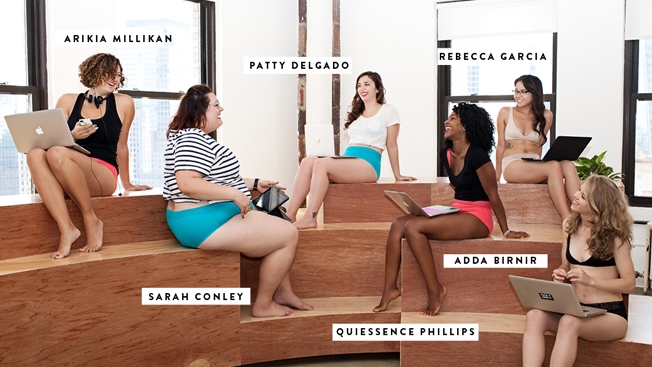


![]()

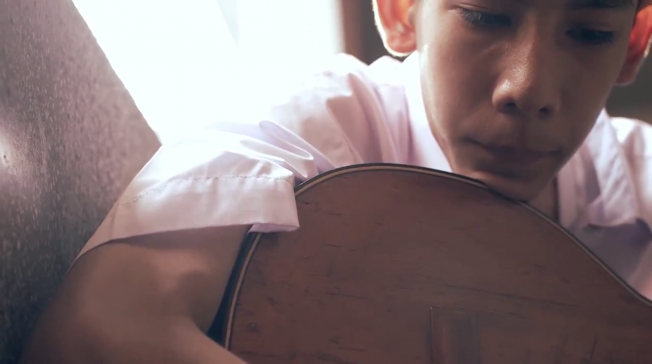
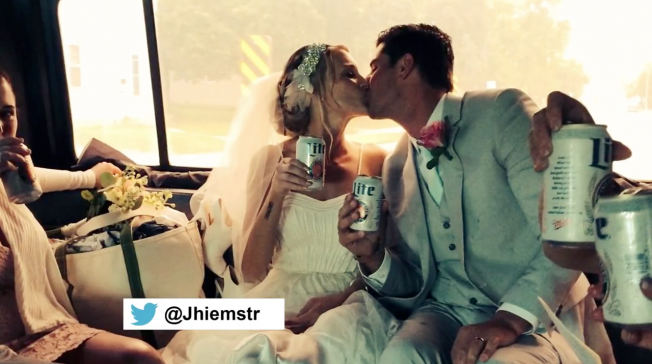



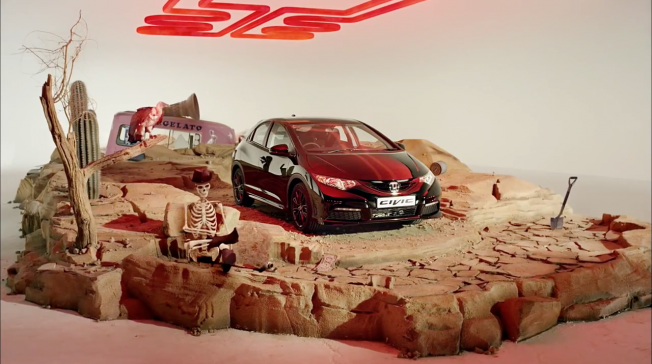

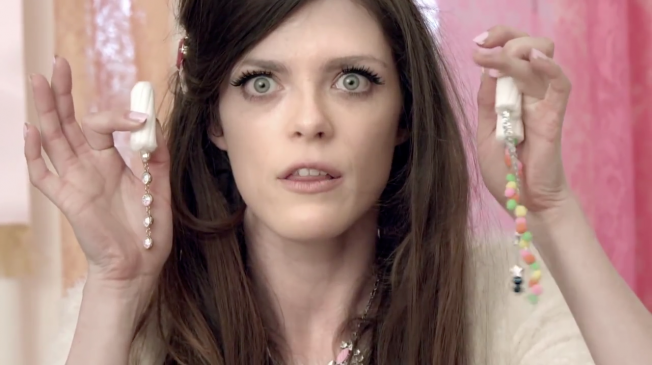
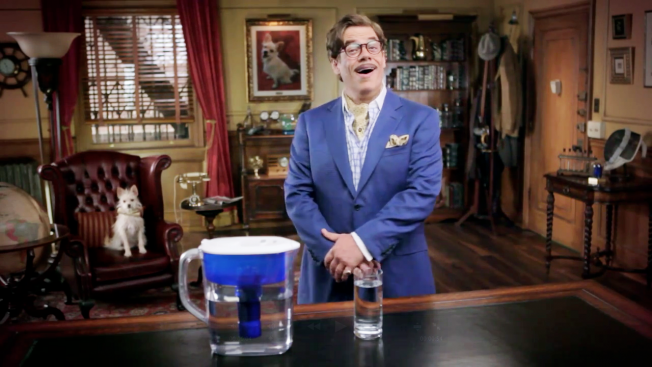

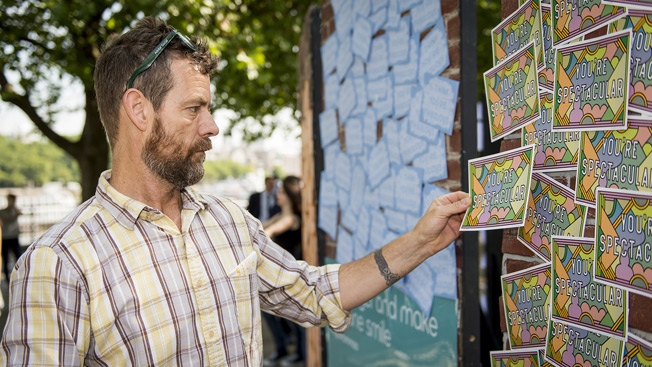

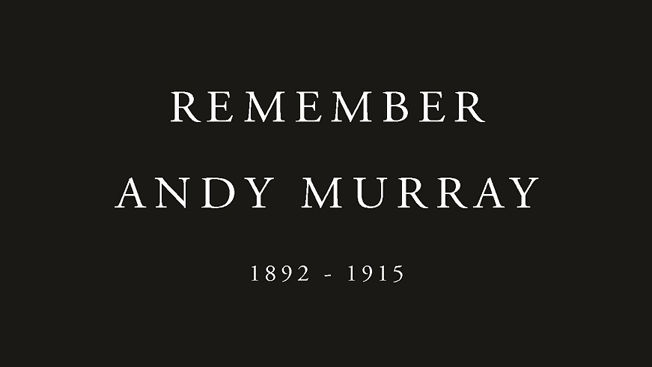






 The picture is a cropped version of a photo used in a 2008 fashion magazine feature (see below) completely unrelated to Dahl and the book in question. According to the publisher, the cover “looks at the children at the center of the story, and highlights the way Roald Dahl’s writing manages to embrace both the light and the dark aspects of life.”
The picture is a cropped version of a photo used in a 2008 fashion magazine feature (see below) completely unrelated to Dahl and the book in question. According to the publisher, the cover “looks at the children at the center of the story, and highlights the way Roald Dahl’s writing manages to embrace both the light and the dark aspects of life.”
